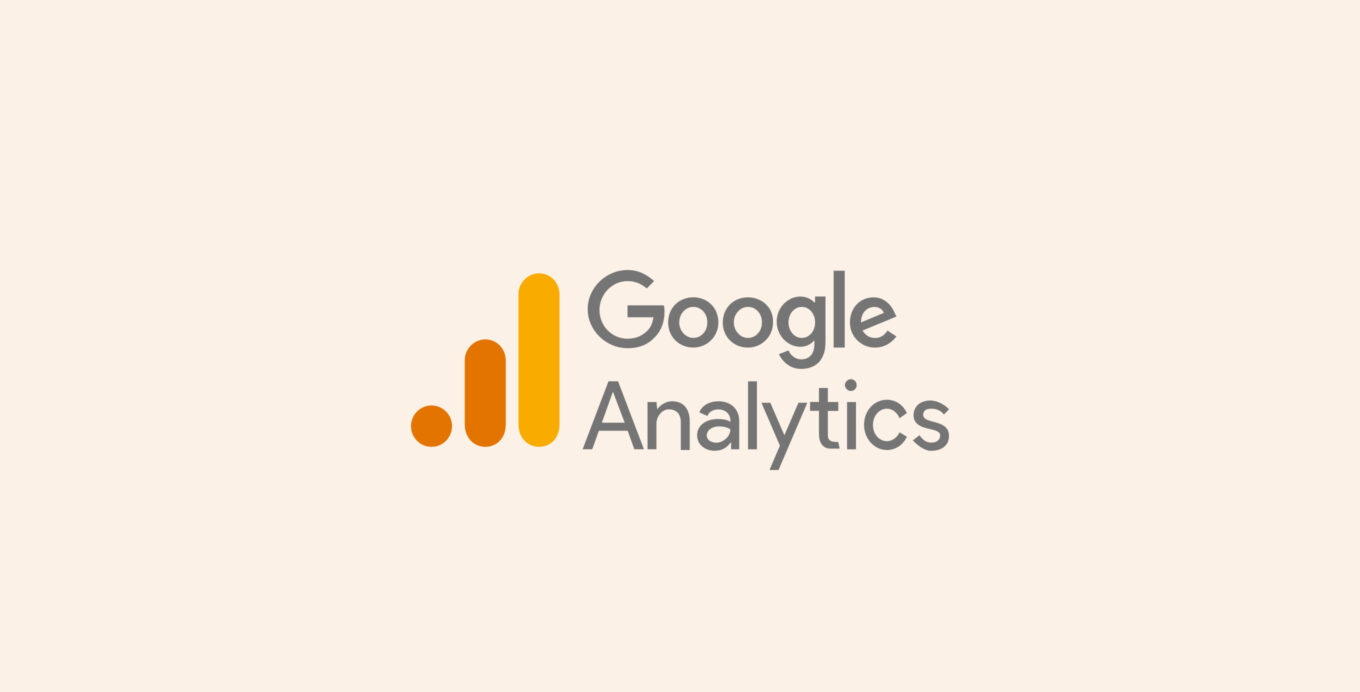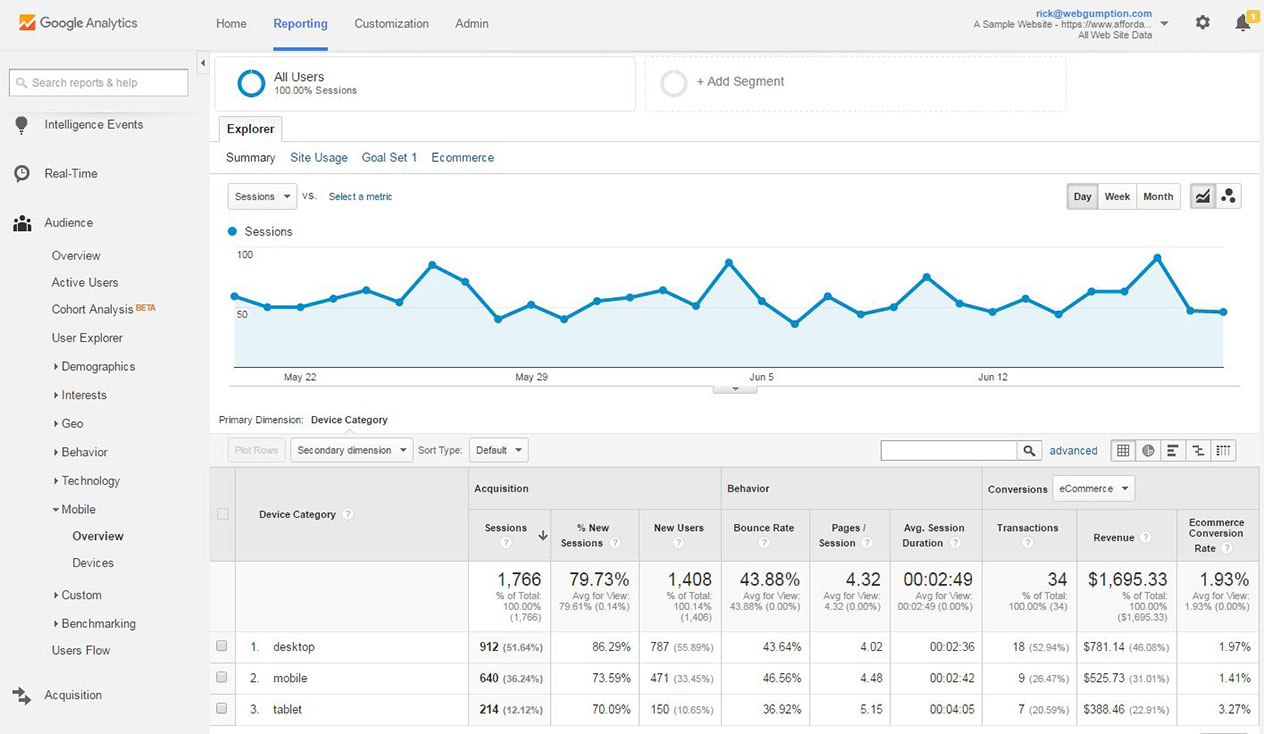Thorough Review: What Details Google Analytics Does Not Allow for Collection
Thorough Review: What Details Google Analytics Does Not Allow for Collection
Blog Article
Leveraging Google Analytics for In-Depth Insights Into Customer Actions and Involvement
In the digital landscape where customer habits and involvement hold the crucial to on-line success, leveraging tools like Google Analytics has ended up being paramount for businesses looking for to recognize their audience's communications with their platforms. This advanced analytics system offers a wealth of information that can unveil complex information regarding exactly how users navigate internet sites, involve with material, and eventually convert - what data does google analytics prohibit collecting. By using Google Analytics, organizations can uncover important insights that go beyond surface-level metrics, giving a thorough understanding of user habits and choices
Comprehending Individual Habits With Google Analytics
Using Google Analytics gives a detailed understanding of individual behavior on digital systems. By evaluating data such as the number of visitors, their geographic locations, the web pages they check out, and the activities they take, services can gain important insights into how individuals communicate with their applications or internet sites. This info enables notified decision-making, making it possible for companies to optimize their on the internet visibility for boosted customer experience and engagement.
One key aspect that Google Analytics helps to reveal is customer web traffic patterns. By tracking metrics like the resource of traffic, referral web links, and preferred keyword phrases, companies can recognize what drives users to their platform. what data does google analytics prohibit collecting. This understanding help in customizing advertising methods to target particular demographics or interests effectively
Moreover, Google Analytics supplies comprehensive records on user involvement, showcasing metrics like bounce prices, session periods, and conversion rates. Understanding these metrics provides important feedback on the performance of material, design, and total user experience, encouraging businesses to make data-driven enhancements and drive far better outcomes. Basically, Google Analytics acts as a powerful tool for figuring out customer actions and maximizing electronic systems for success.
Studying Website Website Traffic Patterns
Recognizing the circulation of traffic on a website is necessary for optimizing its performance and improving user interaction. Analyzing site web traffic patterns offers important insights right into just how individuals communicate with the site, what material they find most appealing, and where they might be running into obstacles. By leveraging tools like Google Analytics, web site owners can track metrics such as web page sights, special visitors, bounce rates, and average session duration to gain a comprehensive understanding of individual behavior.
Furthermore, evaluating the actions flow within the site can highlight popular touchdown web pages, exit web pages, and the most common paths users take through the site. Determining these patterns allows web site proprietors to make enlightened choices regarding content placement, navigation improvements, and total website layout to boost individual experience and drive conversions.
Tracking Customer Engagement Metrics
To grow the understandings got from evaluating web site web traffic patterns, it is necessary to concentrate on tracking customer interaction metrics. User interaction metrics give beneficial details concerning how visitors engage with an internet site, suggesting the level of passion and fulfillment with the content. By tracking metrics such as bounce rate, ordinary session duration, pages per session, and conversion rates, internet site proprietors can understand the effectiveness of their material and customer experience.
Bounce rate gauges the portion of site visitors that navigate away from the site after watching just one web page, suggesting whether the content is appropriate and engaging. Average session duration reveals just how much time visitors invest in the website, showing their degree of interest. Pages per session metric programs the ordinary variety of pages site visitors watch throughout a session, suggesting the depth of exploration. Conversion rates track the portion of visitors that finish a wanted activity, such as purchasing or filling up out a form, showing the performance of the site in driving individual actions. By examining these individual engagement metrics, web site owners can make educated choices to enhance their web content and customer experience to boost involvement and achieve their objectives.
Identifying Conversion Opportunities
Determining prospective conversion opportunities is a crucial aspect of maximizing web site performance and accomplishing wanted customer activities. Via Google Analytics, businesses can uncover important understandings that can assist in determining locations where users are dropping off or not continuing to the preferred conversion actions. By examining metrics such as conversion prices, landing page performance, and user circulation, organizations can pinpoint potential bottlenecks in the conversion process.

Furthermore, utilizing Google Analytics' habits flow feature can offer a graph of just how official source customers navigate through the web site. This can assist in determining popular paths along with any type of barricades that may be preventing conversions. By leveraging these understandings, organizations can enhance their website for improved customer experience and boosted conversion prices.
Enhancing User Experience With Data-Driven Insights
By leveraging data-driven insights from Google Analytics, businesses can strategically enhance their internet site to boost user experience and drive greater conversion rates. Comprehending user habits with data analysis allows firms to customize their websites to meet the certain demands and choices of their target audience. By recognizing crucial metrics such as bounce rates, session period, and prominent web pages, services can get valuable insights right into exactly how website link individuals connect with their website.
Google Analytics supplies thorough details on customer demographics, devices utilized, and also the specific activities tackled the website. This data enables organizations to make informed decisions on web site style, content placement, and overall individual flow. By leveraging these insights, business can produce a more individualized and engaging customer experience, leading to increased complete satisfaction and loyalty.
Moreover, data-driven insights can help organizations identify discomfort factors in the user trip and implement targeted improvements to streamline the conversion procedure. By continuously checking and assessing customer actions, organizations can adapt and enhance their site to ensure a seamless and enjoyable experience for site visitors, ultimately driving higher conversion rates and making best use of organization success.

Final Thought
To conclude, Google Analytics gives valuable insights right into customer habits and interaction on websites. By analyzing website traffic patterns, tracking interaction metrics, and determining conversion chances, companies can make data-driven choices to improve the user experience. Leveraging these understandings can lead to improved internet site efficiency and enhanced conversions.
By tracking metrics such home as bounce rate, average session period, pages per session, and conversion prices, site owners can recognize the efficiency of their content and customer experience.
Conversion prices track the percent of site visitors that finish a desired action, such as filling up or making a purchase out a type, reflecting the effectiveness of the site in driving individual activities. By evaluating these customer engagement metrics, site proprietors can make enlightened decisions to maximize their content and customer experience to boost engagement and accomplish their goals.
By leveraging these insights, organizations can enhance their website for boosted customer experience and increased conversion prices.
By leveraging data-driven understandings from Google Analytics, companies can strategically enhance their site to enhance customer experience and drive greater conversion rates.
Report this page